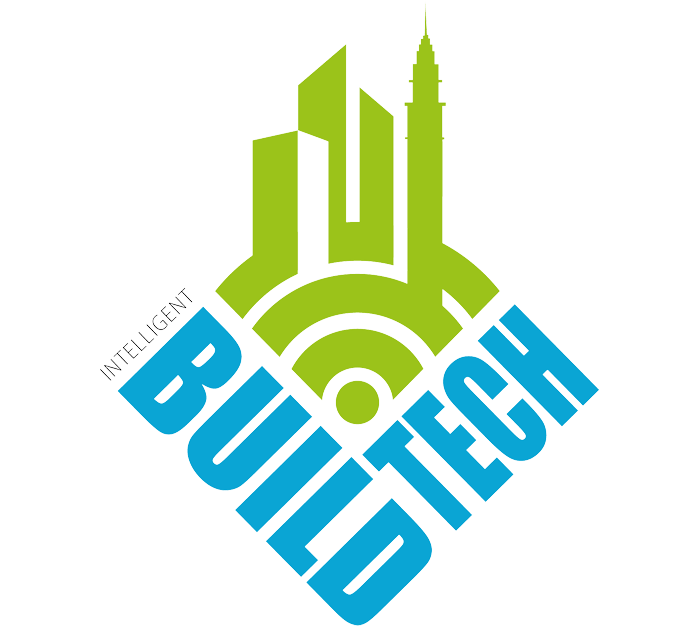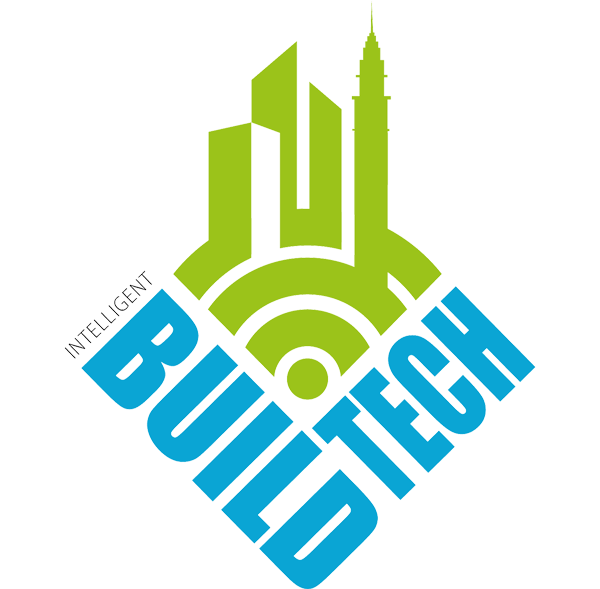As the adoption of EVs, net zero initiatives and smart cities rises in numbers, we hear from Edoardo Bevilacqua, Area Manager of Mobility and Energy at Mia-Platform, about the future of multimodal transport and transportation networks.

We live in a world increasingly defined by urbanisation, burgeoning populations and the need to combat climate change. As UK cities continue to get busier, the pressure on transportation networks and providers to adapt, increases.
Multimodal transport, the integration of different modes of transport to provide seamless and more sustainable travel experiences for commuters, is seen as the future of mobility and work is already underway across major UK hubs.
In Manchester, local authorities have recently introduced the Bee Network, for example, a planned integrated transport network for Greater Manchester composed of bus, tram, cycling and walking routes. Some of the planned 50 zero-emission electric buses are already in operation, with affordable, flexible tickets available for bus or tram routes via an app. The locally controlled sustainable network will be fully operational by 2025, with trains joining in 2030.
Similarly, Birmingham has plans to introduce a sustainable, green, inclusive, go-anywhere transport network by 2031. Project leaders aim to create safe and healthy environments to make walking, cycling and active travel the first choice for people making short journeys. For longer journeys, there will be a fully integrated, high-quality public transport system.
These are all great initiatives, and there are more in other cities too. However, is the UK hamstrung by its current transport data management processes? The Department of Transport’s 2023 Transport Data Strategy suggests that, overall, the UK can’t currently meet the requirements for interoperable and standard-compliant data needed for multi-modal development.
Here, we examine the complexities surrounding digital integration for the various stakeholders within the transport ecosystem – transport providers, networks and technology companies. We also discuss how a multimodal transport system offers multiple benefits, including integrating extended services.
The importance of sharing data
To fully understand the concept of multimodal transport, it’s crucial to recognise that it extends beyond physical infrastructure. Data is central to its success.
At the surface level, accurate, real-time data enables commuters to plan their journeys, buy tickets, stay updated on disruptions, arrange refunds, engage in promotions and increasingly be able to switch between different modes of transport.
However, exchanging vast amounts of data across an interconnected network requires stringent standards and interoperability and this is an area where the UK needs to improve. Issues such as discoverability, security, legal and contractual barriers, lack of investment, the quality of data available, and low rates of digital literature and technical skills are all areas that need addressing and were raised in the DfT’s strategy document.
There are examples of good practices in data management that can be followed as well. Research suggests the release of open data by Transport for London (TFL) generates annual economic benefits and savings of up to £130m for travellers, TFL and London. Governments and transport authorities can further facilitate data sharing through more open data initiatives such as this. By making certain data sets publicly accessible, third-party developers can create innovative solutions, such as journey-planning apps that integrate various modes of transport.
It’s important to remember that improved data accessibility also means protecting individuals’ privacy and sensitive data. Robust data security and compliance should be central pillars of any multimodal transport strategy.
Further to this, establishing and adhering to international and national standards that foster digital harmony among diverse transport systems is another priority for the future. To achieve this, collaboration between government, transport providers and technology companies is vital.
Extending services and enhancing experiences
It’s not just travel providers and commuters that benefit from a multimodal transport system. By improving interoperability via shared data, it becomes easier to integrate extended services into the mobility ecosystem. This could include attractions, sporting events, retail, embedded finance and hospitality.
For example, imagine arriving at a transport hub and having instant, easy access and special offers for nearby attractions, restaurants and events via a single application. It would enable travellers to seamlessly transition from one mode of transport to another while enjoying the cultural offerings of the city or region they are visiting. Such a system improves passenger experience and increased levels of tourism will boost local economies.
The integration of extended services can also aid sustainability initiatives, as it encourages and often incentivises the wider use of public transport; directly linking enticing attractions and events to the transport system will enable travellers to leave their cars at home. This shift to greener modes of transportation reduces congestion, lowers emissions and aligns with the goals of sustainable urban development. Service providers, including tourist destinations and local businesses, also benefit from increased visibility and extra revenue streams.
Beyond this, urban planners can utilise the data this system generates to optimise routes, schedules and services to meet the evolving needs of travellers. Integrating enhanced services represents a holistic approach to modern urban mobility, where travel becomes an experience rather than a means of getting from A to B.
Multimodal transport, the future of transportation
The UK finds itself at a crossroads, faced with the challenges of adapting to a growing population and the need to reduce its carbon emissions. Multimodal transport is the future of mobility, but it hinges on unlocking the power of data to create a seamless web of interconnected services.
There is an opportunity to set the stage for international standards in mobility, influencing how cities around the world approach the shift to modern digital transportation systems. Moreover, integrating enhanced services into these platforms will transform how people travel and experience journeys and create new revenue streams for transport and service providers alike.
The time is now for the UK to embrace the future of mobility and upgrade its data management infrastructure. By doing so, the UK can pave the way for a more sustainable, efficient and enjoyable commuting experience and set the standard for mobility across the globe.




